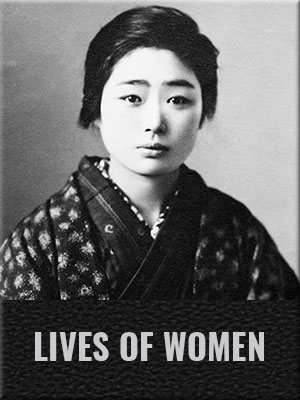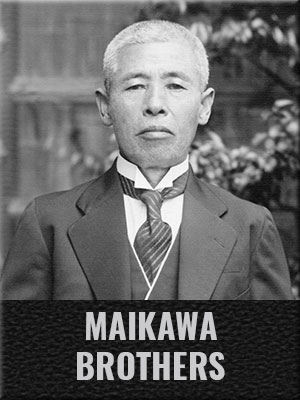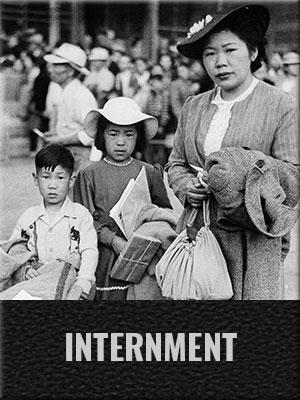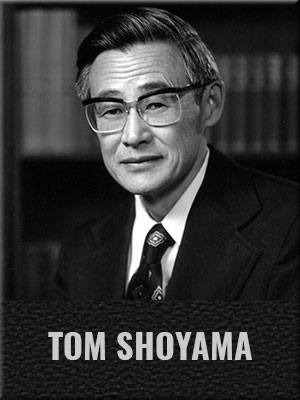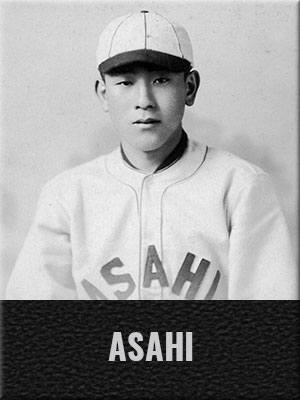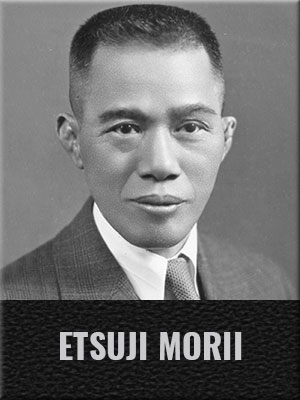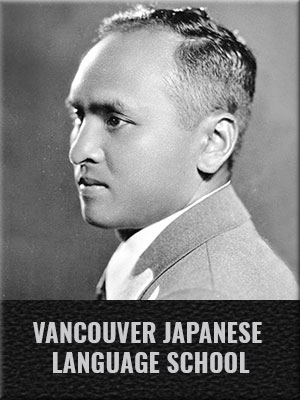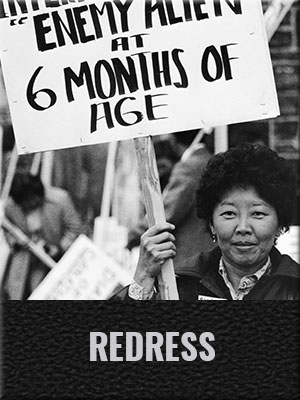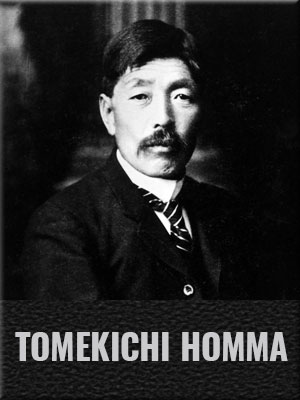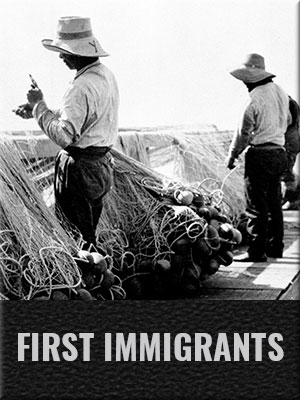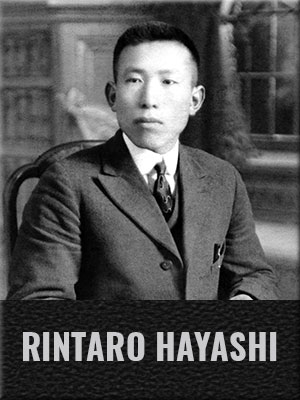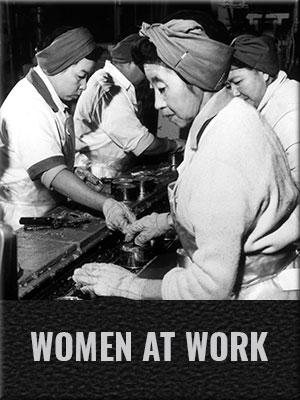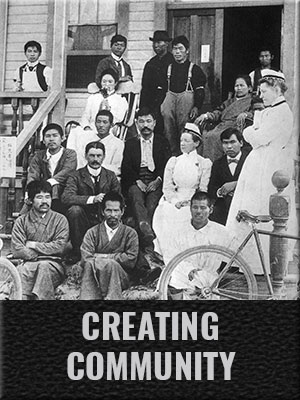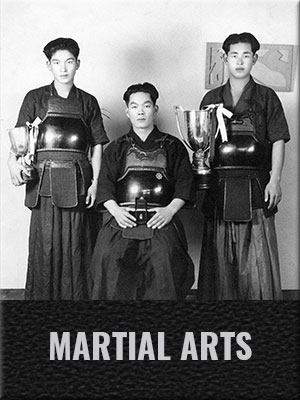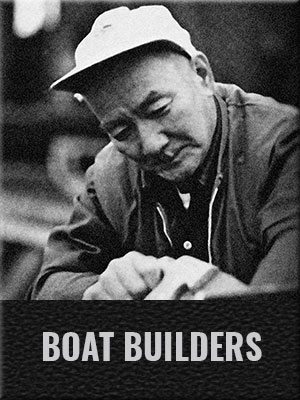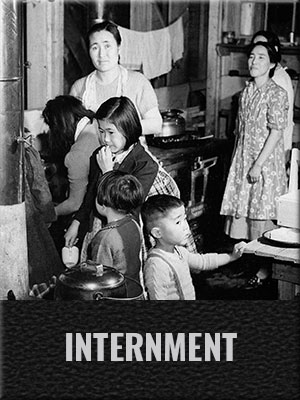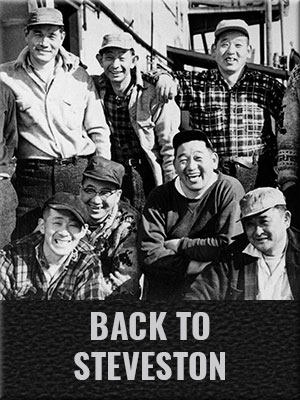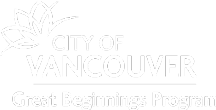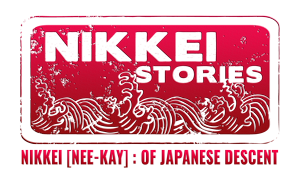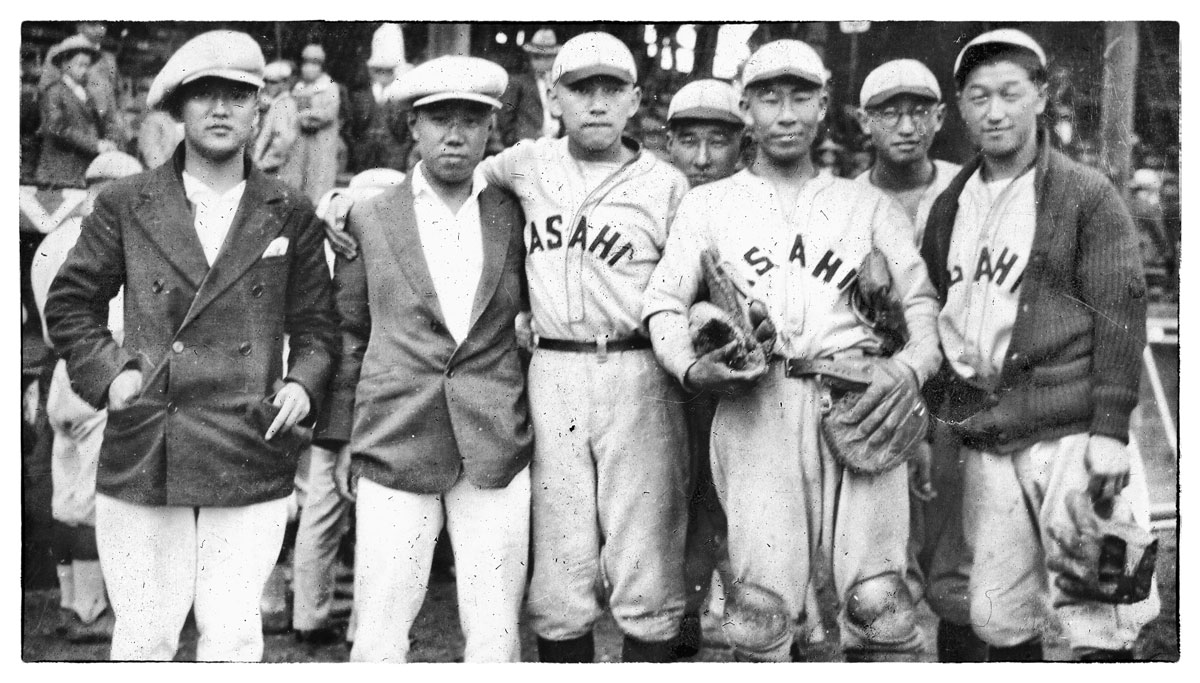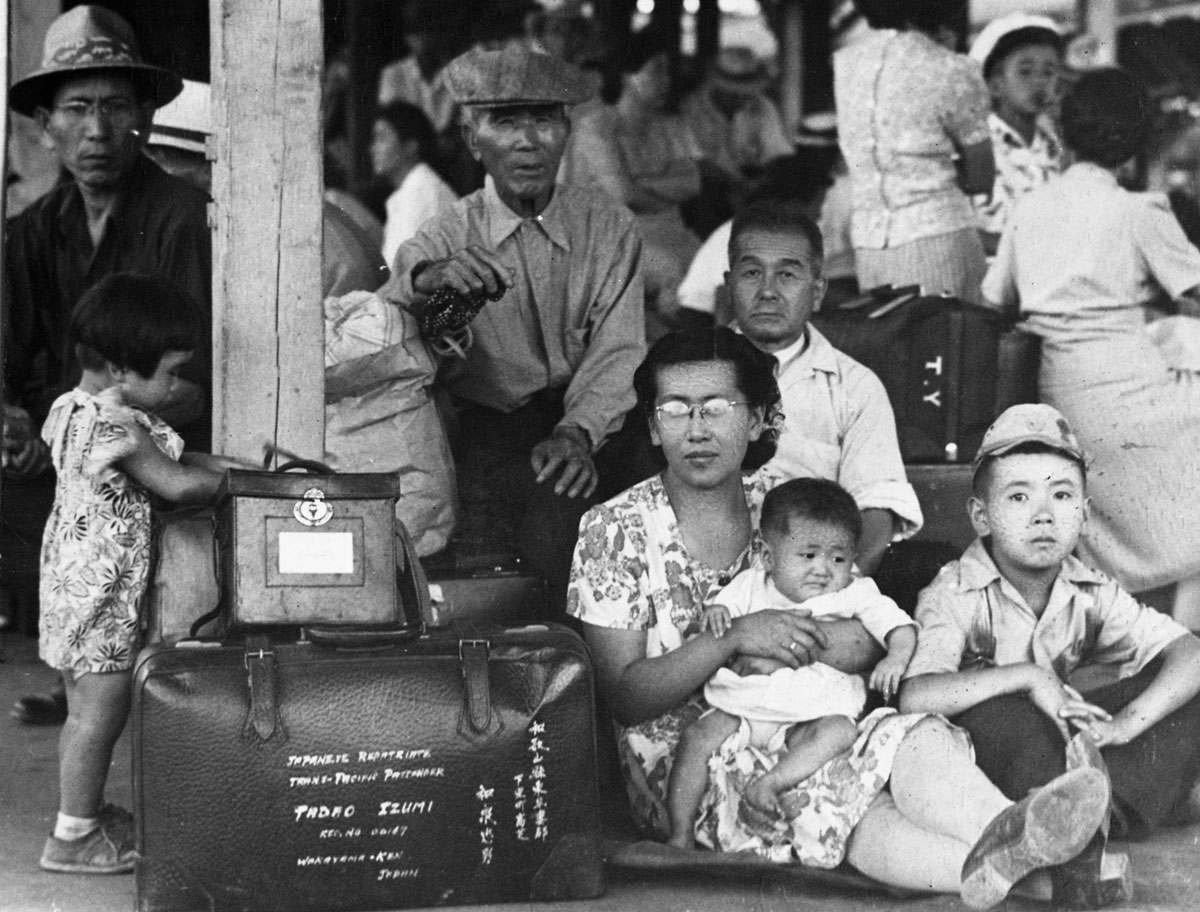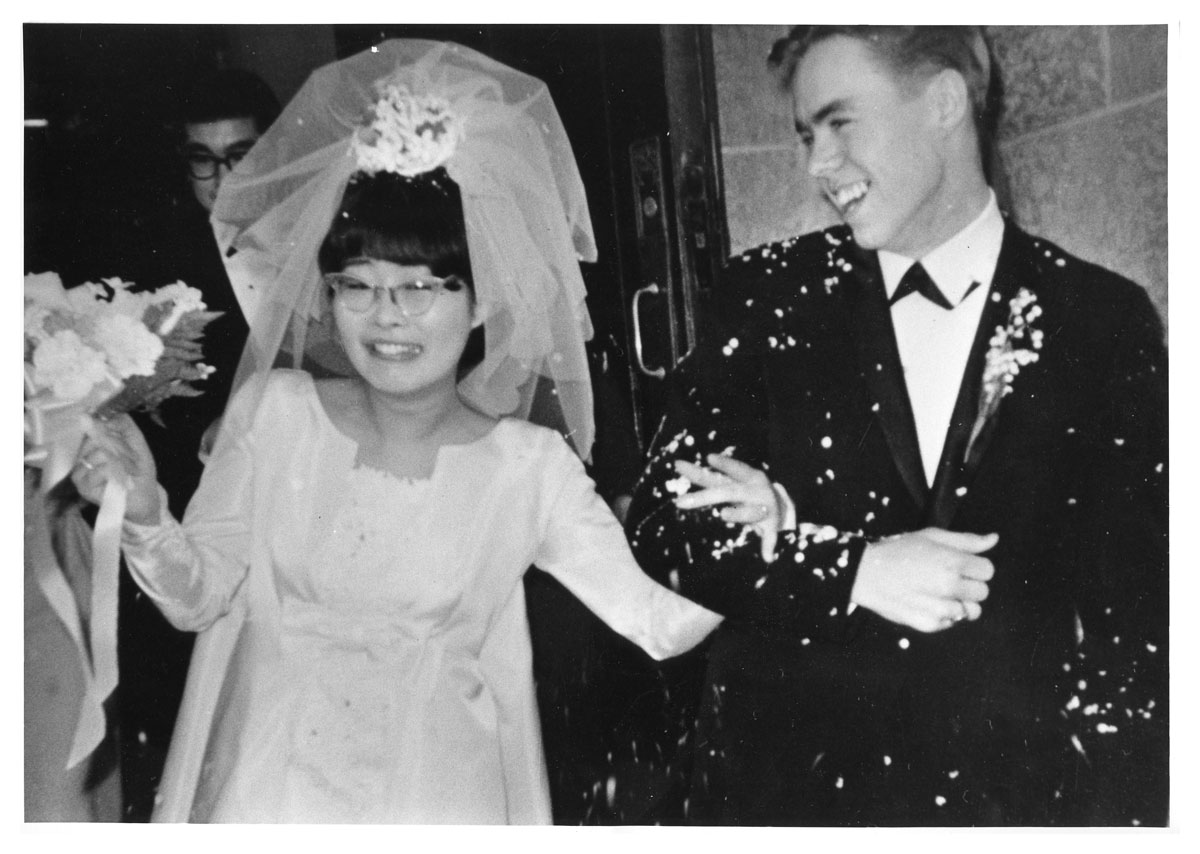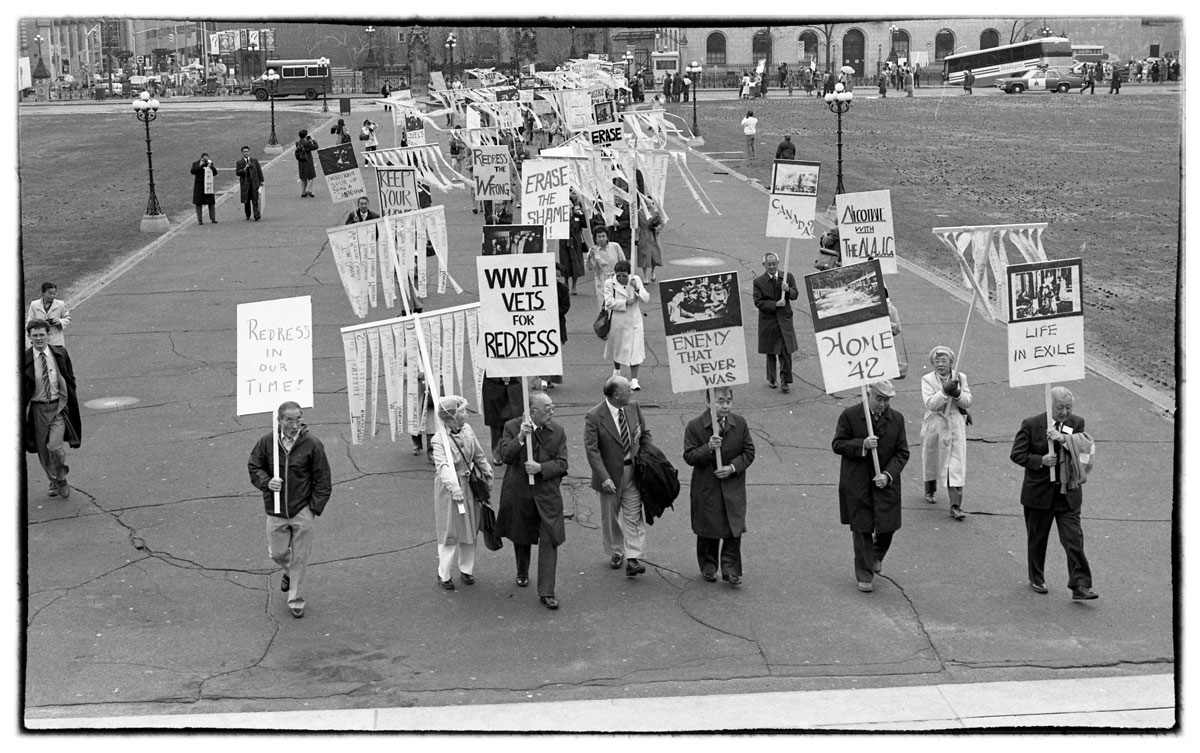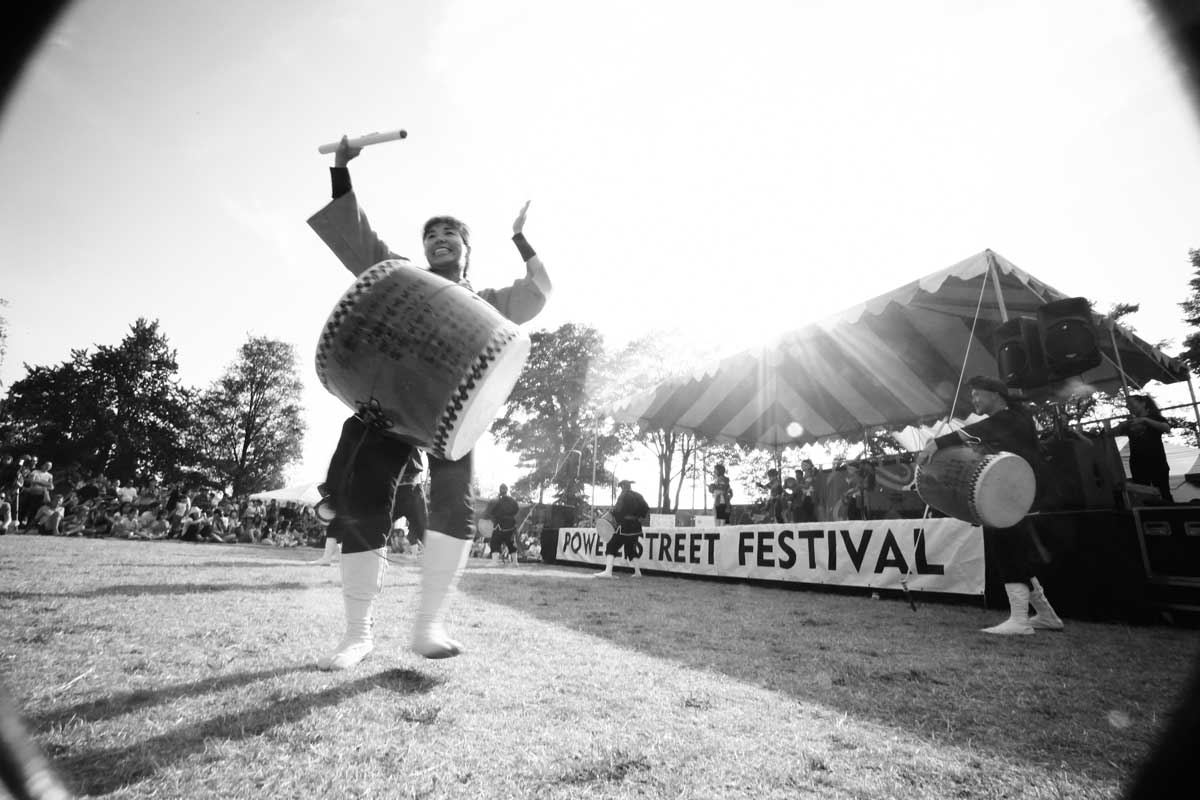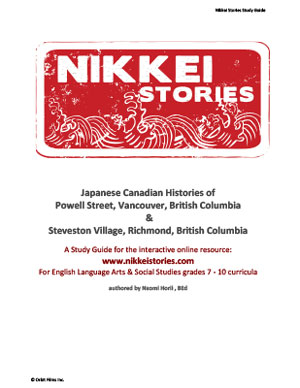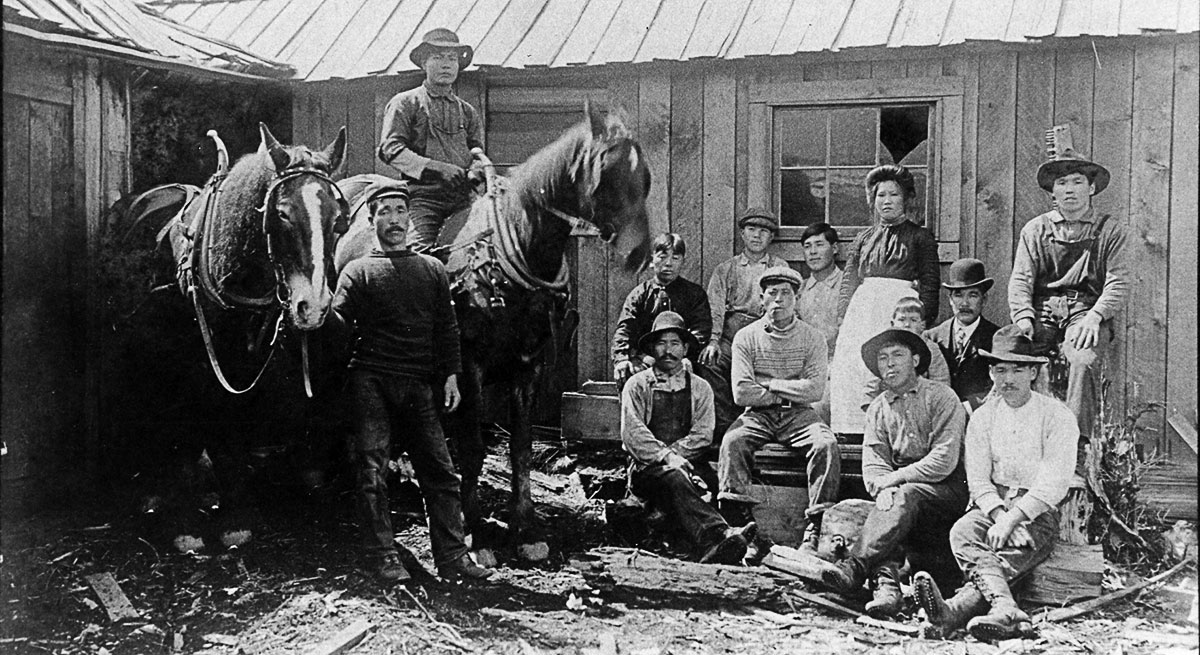
1833 First recorded instance of Japanese shipwrecks off the west coast of what would become British Columbia.
1842 Ranald MacDonald, son of an aboriginal woman and white man, travels to Japan in search of people like himself, after seeing castaway Japanese sailors off the coast of British Columbia.
1854 Japan establishes diplomatic relations with the West and ends period of self imposed isolation by signing treaty with U.S. Commodore Matthew Perry.
1868 The Meiji Restoration is responsible for the emergence of Japan as a modernized nation, but causes poverty by raising taxes and enforces conscription into the newly formed Imperial Army.
1877 Manzo Nagano, age 22, leaves Yokohama and lands in New Westminster, BC, the first Japanese person known to land and settle in Canada.
 1879 Steveston becomes a municipality.
1882 Thirteen canneries operate on the Fraser River with Phoenix Cannery being the first on the Steveston waterfront, built between No. 1 Road and No. 2 Road.
1883 Tomekichi Homma, an educated son of a former samurai, settles in Steveston and begins fishing with other early Japanese immigrants.
1879 Steveston becomes a municipality.
1882 Thirteen canneries operate on the Fraser River with Phoenix Cannery being the first on the Steveston waterfront, built between No. 1 Road and No. 2 Road.
1883 Tomekichi Homma, an educated son of a former samurai, settles in Steveston and begins fishing with other early Japanese immigrants.
 Takezo (surname unknown) is the first Japanese immigrant employed at the Hastings Sawmill in Vancouver, later the largest employer of Japanese immigrants in Canada.
1886 Yasukichi Yoshizawa is the first boss hired to supervise the Japanese Canadian work force at Hastings Sawmill.
1887 Gihei Kuno, a Japanese fisherman impressed by the abundance of salmon in the Fraser River, returns to his village of Mio in Wakayama Prefecture to recruit fellow fishermen, beginning the flow to immigrants from Mio to Steveston. ···
Yoko Oya is the first Japanese woman to settle in Canada
Takezo (surname unknown) is the first Japanese immigrant employed at the Hastings Sawmill in Vancouver, later the largest employer of Japanese immigrants in Canada.
1886 Yasukichi Yoshizawa is the first boss hired to supervise the Japanese Canadian work force at Hastings Sawmill.
1887 Gihei Kuno, a Japanese fisherman impressed by the abundance of salmon in the Fraser River, returns to his village of Mio in Wakayama Prefecture to recruit fellow fishermen, beginning the flow to immigrants from Mio to Steveston. ···
Yoko Oya is the first Japanese woman to settle in Canada
 and with her husband, Washiji Oya, opens the first general store to serve the Nikkei community at 457 Powell Street.
and with her husband, Washiji Oya, opens the first general store to serve the Nikkei community at 457 Powell Street.
 1889 Yoko Oya gives birth to Katsuji, the first Japanese Canadian child born in Canada.
1889 Yoko Oya gives birth to Katsuji, the first Japanese Canadian child born in Canada.
 The first Japanese consulate opens in Vancouver.
The first Japanese consulate opens in Vancouver.
 1889 First shipment of canned salmon leaves Steveston for London, England.
1890 Japanese Canadians establish boarding houses and other businesses along the streets adjacent to the Hastings Mill, especially on Powell Street.
1889 First shipment of canned salmon leaves Steveston for London, England.
1890 Japanese Canadians establish boarding houses and other businesses along the streets adjacent to the Hastings Mill, especially on Powell Street.
 This neighbourhood becomes the major settlement of Japanese Canadians until World War II.
This neighbourhood becomes the major settlement of Japanese Canadians until World War II.
 1891 Jukichi Hayakawa is the first Japanese in Steveston to receive a formal fishing license.
1892 Manzo Nagano moves to Victoria, where he becomes an influential member of the Japanese Canadian community.
1893 Caucasian and First Nations fishermen stage a strike demanding a reduction in the number of fishing licenses issued to Japanese fishermen.
1894 The first Christian church for Japanese immigrants opens in Vancouver. ···
Gulf of Georgia Cannery is built in Steveston, (originally named the Malcolm and Windsor Cannery)
1895 Government of British Columbia denies the franchise to citizens of Asian descent.
Japanese fishermen and volunteers build the Japanese Methodist Mission in Steveston to improve social conditions for the community.
1891 Jukichi Hayakawa is the first Japanese in Steveston to receive a formal fishing license.
1892 Manzo Nagano moves to Victoria, where he becomes an influential member of the Japanese Canadian community.
1893 Caucasian and First Nations fishermen stage a strike demanding a reduction in the number of fishing licenses issued to Japanese fishermen.
1894 The first Christian church for Japanese immigrants opens in Vancouver. ···
Gulf of Georgia Cannery is built in Steveston, (originally named the Malcolm and Windsor Cannery)
1895 Government of British Columbia denies the franchise to citizens of Asian descent.
Japanese fishermen and volunteers build the Japanese Methodist Mission in Steveston to improve social conditions for the community.
 1896 Rev. Kaburagi Goro becomes the first ordained minister of the Japanese Methodist Church in Vancouver, and establishes a Japanese language weekly, the Bankuba Shuho.
1896 During an outbreak of typhoid fever in Steveston, the Methodist Mission is used to care for the sick, mostly Japanese and First Nations, and becomes known as the first hospital. ···
Japanese Fishermen’s Association is formed to advance the interests of Nikkei fishermen. ···
Tomekichi Homma is elected the first President of the Japanese Fishermen’s Association.
1897 R. W. Large, a medical doctor and minister, arrives in Steveston to serve fishermen and cannery workers at the Methodist Mission hospital.
1896 Rev. Kaburagi Goro becomes the first ordained minister of the Japanese Methodist Church in Vancouver, and establishes a Japanese language weekly, the Bankuba Shuho.
1896 During an outbreak of typhoid fever in Steveston, the Methodist Mission is used to care for the sick, mostly Japanese and First Nations, and becomes known as the first hospital. ···
Japanese Fishermen’s Association is formed to advance the interests of Nikkei fishermen. ···
Tomekichi Homma is elected the first President of the Japanese Fishermen’s Association.
1897 R. W. Large, a medical doctor and minister, arrives in Steveston to serve fishermen and cannery workers at the Methodist Mission hospital.
 Steveston builds first school.
1899 Two hundred Nikkei men are employed at Hastings Mill in Vancouver.
Steveston builds first school.
1899 Two hundred Nikkei men are employed at Hastings Mill in Vancouver.
 Harold Steves Senior is first Caucasian born in the Japanese Fishermen’s Hospital at the Phoenix Cannery site in Steveston.
1900 The second Japanese Fishermen’s Hospital, built by Japanese Fishermen’s Association, opens on No. 1 Road in Steveston, and offers a type of universal Medicare - the first in Canada.
Harold Steves Senior is first Caucasian born in the Japanese Fishermen’s Hospital at the Phoenix Cannery site in Steveston.
1900 The second Japanese Fishermen’s Hospital, built by Japanese Fishermen’s Association, opens on No. 1 Road in Steveston, and offers a type of universal Medicare - the first in Canada.
 Japanese Fishermen’s Benevolent Society is formed, a new version of the Japanese Fishermen’s Association formed in 1896. ···
A fishermen’s strike over the price of fish leads to tension between Aboriginal, white and Japanese fishermen. ···
Tomekichi Homma, discovering that he is not allowed to vote in British Columbia, launches and wins two legal challenges with the province.
1902 Tomekichi Homma is defeated when the Privy Council of Britain rules that the Province of British Columbia has authority over civil rights, thus restricting the right to vote, hold public office or become a lawyer, pharmacist, architect, chartered accountant or teacher.
1903 The Government of British Columbia, amid increasing public agitation against Asian immigration, makes a first attempt to require immigrants to pass a written English examination. ···
The Bankuba Shuho weekly newspaper becomes a daily, the Kanada Shimpo.
1904 Japanese Methodist Mission offers kindergarten, primary classes in Japanese and Sunday School.
1905 The first Buddhist temple in Canada opens at the Ishikawa Hotel on Powell Street, Vancouver. ···
Tsunematsu Atagi opens the Atagi Boat Works, one of the earliest of many shops in Steveston to build wooden fishing vessels.
Japanese Fishermen’s Benevolent Society is formed, a new version of the Japanese Fishermen’s Association formed in 1896. ···
A fishermen’s strike over the price of fish leads to tension between Aboriginal, white and Japanese fishermen. ···
Tomekichi Homma, discovering that he is not allowed to vote in British Columbia, launches and wins two legal challenges with the province.
1902 Tomekichi Homma is defeated when the Privy Council of Britain rules that the Province of British Columbia has authority over civil rights, thus restricting the right to vote, hold public office or become a lawyer, pharmacist, architect, chartered accountant or teacher.
1903 The Government of British Columbia, amid increasing public agitation against Asian immigration, makes a first attempt to require immigrants to pass a written English examination. ···
The Bankuba Shuho weekly newspaper becomes a daily, the Kanada Shimpo.
1904 Japanese Methodist Mission offers kindergarten, primary classes in Japanese and Sunday School.
1905 The first Buddhist temple in Canada opens at the Ishikawa Hotel on Powell Street, Vancouver. ···
Tsunematsu Atagi opens the Atagi Boat Works, one of the earliest of many shops in Steveston to build wooden fishing vessels.
 1906 The Vancouver Japanese Language School is established at 439 Alexander Street.
1906 The Vancouver Japanese Language School is established at 439 Alexander Street.
 At Lord Strathcona School in Vancouver, Japanese Canadian students are enrolled in a public school alongside white students for the first time. ···
Japanese immigration to Canada increases as a result of unemployment following the Russo-Japanese War, and widespread crop failure in Japan. ···
Richmond School Board mandates that only children of property owners could attend public school. Most Japanese Canadians lived in cannery-owned houses so their children were excluded until 1923.
1907 An Anti-Asian Riot causes severe damage to Japanese Canadian businesses and homes in the Powell Street area (September 9th).
At Lord Strathcona School in Vancouver, Japanese Canadian students are enrolled in a public school alongside white students for the first time. ···
Japanese immigration to Canada increases as a result of unemployment following the Russo-Japanese War, and widespread crop failure in Japan. ···
Richmond School Board mandates that only children of property owners could attend public school. Most Japanese Canadians lived in cannery-owned houses so their children were excluded until 1923.
1907 An Anti-Asian Riot causes severe damage to Japanese Canadian businesses and homes in the Powell Street area (September 9th).
 W.L. Mackenzie King, Minister of Labour, is appointed to head a Royal Commission to assess the damages, and awards $9,000 for losses. ···
The Tairiku Nippo newspaper begins publication. ···
Japanese Fishermen’s Benevolent Society builds the first Japanese primary school on the grounds of the Japanese Hospital in Steveston because Japanese children are not allowed to go to regular school.
1908 The Hayashi-Lemieux "Gentlemen's Agreement" restricts Japanese immigration to 400 male immigrants and domestic servants per year, plus returning immigrants and their immediate family members. ···
The picture bride system, a type of arranged marriage where women in Japan would exchange pictures with Japanese men in Canada, becomes widespread.
W.L. Mackenzie King, Minister of Labour, is appointed to head a Royal Commission to assess the damages, and awards $9,000 for losses. ···
The Tairiku Nippo newspaper begins publication. ···
Japanese Fishermen’s Benevolent Society builds the first Japanese primary school on the grounds of the Japanese Hospital in Steveston because Japanese children are not allowed to go to regular school.
1908 The Hayashi-Lemieux "Gentlemen's Agreement" restricts Japanese immigration to 400 male immigrants and domestic servants per year, plus returning immigrants and their immediate family members. ···
The picture bride system, a type of arranged marriage where women in Japan would exchange pictures with Japanese men in Canada, becomes widespread.



